A trip to Japan is never complete without taking a closer look at Mt. Fuji or “Fuji-san“, as the Japanese fondly call this peak that is at a height of about 3,776 meters (the tallest in the country). After all, it sure is a natural beauty that has even been granted a UNESCO World Heritage Status since 2013. (Fuji Tour)
Because of this and more, a lot of locals and tourists alike scramble to various locations throughout Japan to better capture this glorious mountain, and those places are not limited to Fuji Five Lakes (Fujigoko), Hakone, and more.
You can definitely travel to these spots yourself — BUT, if you’re pressed on time or if you simply want a hassle-free visit, it’s a great idea to book a guided Mt. Fuji tour instead that will take you to several areas with great views!
Where to Stay in Tokyo…?
Come and check out my list of the ‘Best Hotels in Tokyo‘ which features the top recommended choices for cheap to luxurious accommodation choices.
Mt. Fuji Travel Guide
» Mt. Fuji Tour Options
The following tours that I’ll be listing all include round-trip transportation, access to all attraction stops, and an English-speaking professional tour guide. The only thing that is NOT included is personal expenses, etc. — but some Mt. Fuji tours would still include lunch for FREE or at an added cost (as noted below).
Depending on your preference, you can choose from any of the following packaged Mt. Fuji tour combinations with different stops. Take note that I will show in detail the must-see location stops later on in this article, namely Mount Fuji 5th Station, Lake Kawaguchi, and Oshino Hakkai.
SYMBOL LEGEND:
★ a favorite
✿ with flower park visit
☀ with Hakone stopover
- (2 stops) ★✿ Mount Fuji 5th Station + Shibazakura Festival
- (3 stops with lunch) ✿ Lake Kawaguchi + Arakurayama Sengen Park (Chureito Pagoda) + Healing Village
- (4 stops with lunch) ☀ Mount Fuji 5th Station + Gotemba Premium Outlets + Hakone Ōwakudani Volcanic Valley + Ashinoko Lake Pirate Ship Cruise
- (4 stops with or without lunch options) ☀ Mount Fuji 5th Station + Lake Ashi Cruise + Hakone Ropeway + Owakudani Valley
- (4 stops with lunch) ✿ Mount Fuji 5th Station + Lake Kawaguchi / Oishi Park Herb Festival / Shibazakura Festival + Mt. Kachi Kachi Ropeway + Yamanashi Orchard
- (4 stops with lunch) ✿ Mt. Fuji 5th Station + Lake Kawaguchi + Mt. Kachi Kachi Ropeway + Yamanashi Orchard
- (4 stops with or without lunch options) ✿ Mount Fuji 5th Station + Oshino Hakkai + Lake Kawaguchi + Gotemba Premium Outlets
- (5 stops with or without lunch options OR halal lunch) ✿ Mount Fuji 5th Station + Oshino Hakkai + Lake Kawaguchiko + Ninja Village (Oshino Shinobi no Sato) + 4D Fuji Airways
- (5 stops) ★✿ Mount Fuji 5th Station / Fujisan World Heritage Center North Hall + Oshino Hakkai + Fuji Hakone Park + Peace Park Stupa + Gotemba Premium Outlets (with Matcha or Green Tea Experience)
– – –
» Best Time to Visit Mt. Fuji
Spring (March to May) is a great time given the cherry blossom season or sakura, as well as the fact that the famous Shibazakura or pink moss festival is held around this time — or basically just the fact that a lot of flower parks surrounding Mt. Fuji (typically around Lake Kawaguchi) will be in full bloom.
Otherwise, Autumn (late September to November) is a great time too given that the trees will be in striking red and golden hues.
Just take note though that clouds often block the view of Mount Fuji so you have to consider yourself as lucky if you get a clear view of it; after all, it’s only visible for about 80 days a year! It is said that visibility tends to be better during the colder seasons of the year than in summer (so that’s from Autumn to Winter). Otherwise, it’s great in the early morning (before 9AM) or late evening hours compared to the middle of the day.
– – –
» Other Things to Do While in Tokyo
I wrote a comprehensive travel guide for this and you can read my Tokyo itinerary. There is also this detailed Japan itinerary guide if you’re interested!
– – –
» Where to Stay (Accommodations) in Tokyo
To search for the best hotel accommodation in Tokyo at the best prices, I suggest checking out Agoda and Booking.com. But if you’re rather interested in renting comfortable houses or apartments, check AirBnB.
If you want particular hotel names per district, I recommend that you read this ‘Best Hotels in Tokyo‘ article.
– – –
» Visa for Japan
If you’re NOT a citizen of any of Japan’s exempted countries, you are then required to avail of a visa beforehand. (If you’re from the Philippines, you can read my guide on how to get a Japan visa in Manila here.)
- Check full visa requirements here as per your nationality.
– – –
» Safety in Japan
Japan is one of the safest countries in the world with very low crime rates. I have been traveling solo to this country many times now and I have never felt unsafe even in the late hours of the night — however, this is NO excuse to get too complacent. ‘Little crime’ does not mean ‘no crime’, so stay vigilant and be “street smart” by using your common sense at all times.
Nevertheless, the Japanese people are one of the kindest and most respectful people I have ever met, so solo travelers don’t have much to worry in this amazing country.
– – –
» Helpful Japanese Phrases
Japan may be one of the most developed countries in the world, but a lot of the locals don’t speak English. However, this should not discourage you from traveling to this country because apart from the fact that there are a lot of translation apps that will help you understand and speak Japanese, a lot of the locals are also making the effort to learn and use the English language.
- RELATED READ: Best translation apps for travel
Anyhow, below are some helpful Japanese phrases that will help you along the way! And even if you do encounter a Japanese who can speak English, it doesn’t hurt to say a word or two in their language.
Hello: Konnichiwa (Kohn-nee-chee-wah)
Thank you (normal): Arigatō. (Ah-REE-gah-tohh)
Thank you (less formal): Arigatō gozaimas (Ah-REE-gah-tohh goh-zahy-mahs)
Thank you (informal): Dōmo (DOHH-moh)
Yes: Hai (Hai)
No: Iie (E-eh)
Goodbye (long term): Sayōnara (Sah-yohh-nah-rah)
Goodbye (informal): Ja ne (Jahh neh)
Excuse me: Sumimasen (Soo-mee-mah-SEN)
I’m sorry: Gomen nasai (Goh-men-nah-sahy)
Is there someone here who speaks English?: Dareka eigo ga hanasemasu ka? (Dah-reh-kah ey-goh gah hah-nah-seh-mahs kah?)
Help!: Tasukete! (Tahs-keh-teh!)
Cheers!: Kanpai! (Kan-pie!)
• • •
Mt. Fuji Day Tour Stops
» Lake Kawaguchi and Kachi Kachi Ropeway
Photo by: Shutterstock
Lake Kawaguchiko is part of the well-known Fuji Five Lake region and as the name implies, it is a part of 5 lakes that has superb views of Mt. Fuji in which the rest of them are Lake Saiko, Yamanakako, Shojiko, and Motosuko.
Among these 5 lakes, Lake Kawaguchiko is the most popular and also the easiest to access by train, car, and bus — making it a typical stop in the tours. In order to get prime views of the mountain being reflected on the water, the northern shore of the lake is a favorite and it becomes even more perfect if you visit in sakura or autumn season. This said lake is also near Oishi Park, a typical Mt. Fuji tour stop given its scenic ‘Flower Road’, so you’ll get to enjoy the same flora.
- April to late May: You can see a pink carpet-like field due to the moss phlox flowers. Tulips and narcissus also grow in this season — and of course, the good ol’ sakura or cherry blossom trees!
- Late June to late July: A “Herb Festival” is held as radiant lavender plants bloom. Begonia flowers also grow at 3-meters long at this time!
- Middle of October: The kochia shrubs turn into a striking red hue in time for autumn!
After you get to have your fill strolling around the lake, most Mt. Fuji day tours will make a stop to the nearby Mt. Fuji Panoramic Ropeway or Kachi Kachi Ropeway. Ascending at 400 meters from the eastern shore of the lake, it will you to an observation deck that offers panoramic views of the lake (which is breathtaking, mind you!) and Mt. Fuji. If you want to do it the hard way, there’s a hiking trail that goes up to this deck. You will also find a small souvenir shop, an ice cream cafe, and a shrine on top.
Take note that due to weather conditions, the ropeway tends to be closed; if this ever happens, most tours will substitute it with a different stop.
.
Tours that include Kachi Kachi Ropeway: ✿ 4 stops or this other ✿ 4 stops tour
Tours including Lake Kawaguchiko: ✿ 3 stops | ✿ 4 stops | ✿ 4 stops | ✿ 4 stops | ✿ 5 stops
- To get here by yourself without a tour, take the Fujikyuko Line to Kawaguchiko Station. After that, ride the Omni Bus’ Red Line or Kawaguchiko Line. Get off at Yuransen Ropeway Iriguchi bus.
~ Entrance fee to Lake Kawaguchiko: None
~ Entrance fee to Kachi Kachi Ropeway: ¥900 roundtrip or ¥500 one way.
» Mt. Fuji 5th Station (Fujisangogome)
Photo by: Shutterstock
Also called as the Fuji Subaru Line Gogōme, this lies at the mountain’s base to the summit of Mount Fuji, and it’s also the most popular of the four 5th stations near the mountain given that it is easier to access.
Now, THIS is definitely where you can see Mt. Fuji the closest (if you’re not planning to climb its summit through the nearby Yoshida Trail and Ochudo Trail) — but take note that depending on weather conditions, you might not see a clear view of Fuji-san. Rest assured, if you’re making a stop at places like Lake Kawaguchi or Oshino Hakkai beforehand or afterward during your Mt. Fuji tour, you’ll be able to see it, albeit far.
At this 5th station, you’ll also find several restaurants, shops, and a shrine (Komitake Shrine) to keep you occupied; not to mention that it has commanding views over the Fuji Five Lakes area.
If the road to Mt. Fuji 5th Station is closed due to unexpected weather or traffic conditions, it may be replaced with a visit to other areas.
.
Tours including Mount Fuji 5th Station: ★✿ 2 stops | ☀ 4 stops | ☀ 4 stops | ✿ 4 stops | ✿ 4 stops | ✿ 4 stops | ✿ 5 stops | ★✿ 5 stops
- If you want to travel to this 5th station on your own, you can take a direct highway bus from the Busta Shinjuku terminal in Tokyo (which has 2 round trips during the offseason and hourly trips during the climbing season from July to September). The ride will cost ¥2,700 yen. Otherwise, from Kawaguchiko Station, you can take a bus from there to this place at ¥2,300 roundtrip fare.
If riding a car, take note though that the scenic Subaru Line Toll Road that leads here is closed for private vehicles during the climbing season. Electric vehicles, shuttle buses, or taxis are not affected by this road closure.
~Entrance fee: None
» Oshino Hakkai
Photo by: Shutterstock
Oshino Hakkai is a small village in the Fuji Five Lake region that’s sandwiched between Lake Kawaguchiko and Lake Yamanakako.
What’s interesting about this village is that it has 8 ponds of clear spring water that are fed by the snow that has melted from the slopes of Mt. Fuji. In fact, in one of the ponds (Waku pond), you can drink it directly from the source! This is obviously a very touristic attraction but the views are exhilarating especially since it’s coupled with the rustic ambiance of the village (that’s also filled with restaurants, shops, and food vendors).
I recommend grabbing a hot sweet potato or some toasted rice crackers if you’re here during the colder seasons!
.
Tours including Oshino Hakkai: ✿ 4 stops | ✿ 5 stops | ★✿ 5 stops
If you don’t mind paying a small admission fee of ¥300, there is a small open-air museum called the Hannoki Bayashi Shiryokan in Oshino Hakkai and it features traditional thatched-roof farmhouses.
- If you want to travel to Oshino Hakkai on your own, the buses that travel between Kawaguchiko Station and Gotemba Premium Outlets as well as those from Fujisan Station and the Mount Fuji World Heritage Loop make a stop via Oshino Hakkai. Just get off at the “Oshino Hakkai” bus stop (but take note that buses that are bound for Uchino and Hirano use the “Oshino Hakkai Iriguchi” bus stop which is not the same with its “Oshino Iriguchi” stop that is a lot further).
~ Entrance fee: None
» Other Stops
Much like what you’ve already seen in the previous Mt. Fuji tour list, there are other stops that are apart from the 3 popular locations above. To give you some context, read below…
- Shibazakura Festival: One of the most popular festivals in Japan for seeing shibazakura or pink moss! (Mid-April to early June) It’s usually held south of Lake Motosuko in the Fuji Five Lakes area and you’ll love the vast fields of pink moss with Mount Fuji as a backdrop.
- Chureito Pagoda: Famous spot for taking photos of Mt. Fuji with a 5-storied pagoda in the foreground — and if you time your visit right, a carpet of cherry blossoms will frame the shot perfectly. This pagoda is part of the Arakura Sengen Shrine near Arakurayama Sengen Park.
- Tours including this: ✿ 3 stops
.
- Tours including this: ✿ 3 stops
- Gotemba Premium Outlets: An extra stop done by most Mt. Fuji tours due likely to their partnership with the commercial hub. Nevertheless, it’s a leading outlet that houses about 210 high-end brands worldwide while also showing a good view of Mt. Fuji.
- Hakone: An amazing town near Tokyo that is part of the Fuji-Hakone-Izu National Park. A lot of visitors flock here for its hot springs, shrines, pirate cruise, ropeway, and of course — it’s Lake Ashinoko that frames a view of Mount Fuji perfectly.
- Yamanashi Orchard: The prefecture of Yamanashi is often called Japan’s “Kingdom of Fruit” due to its year-round production of various fruits, and as a visitor, you can partake in a fruit-picking spree as you get to taste strawberries (January to mid-May), cherries (June), peaches (August) or grapes (late November).
• • •
» Top Tokyo Tours «
Disneyland / DisneySea
Time for some fun with Disney!
Nikko Day Tour
Visit this UNESCO World Heritage Site!
• • •
Overall
A glimpse at Japan’s famous Mt. Fuji is definitely easy and fast — so what are you waiting for?

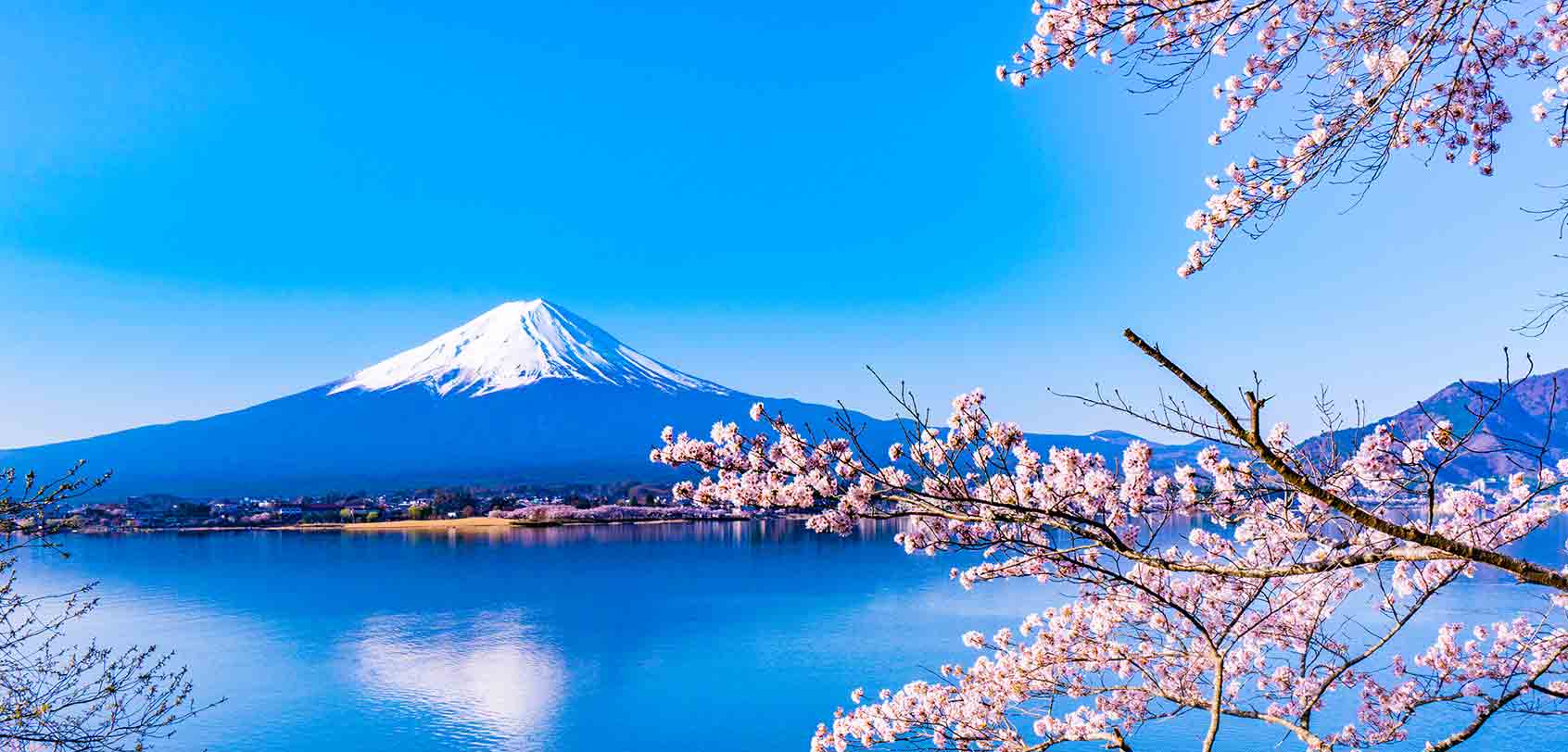
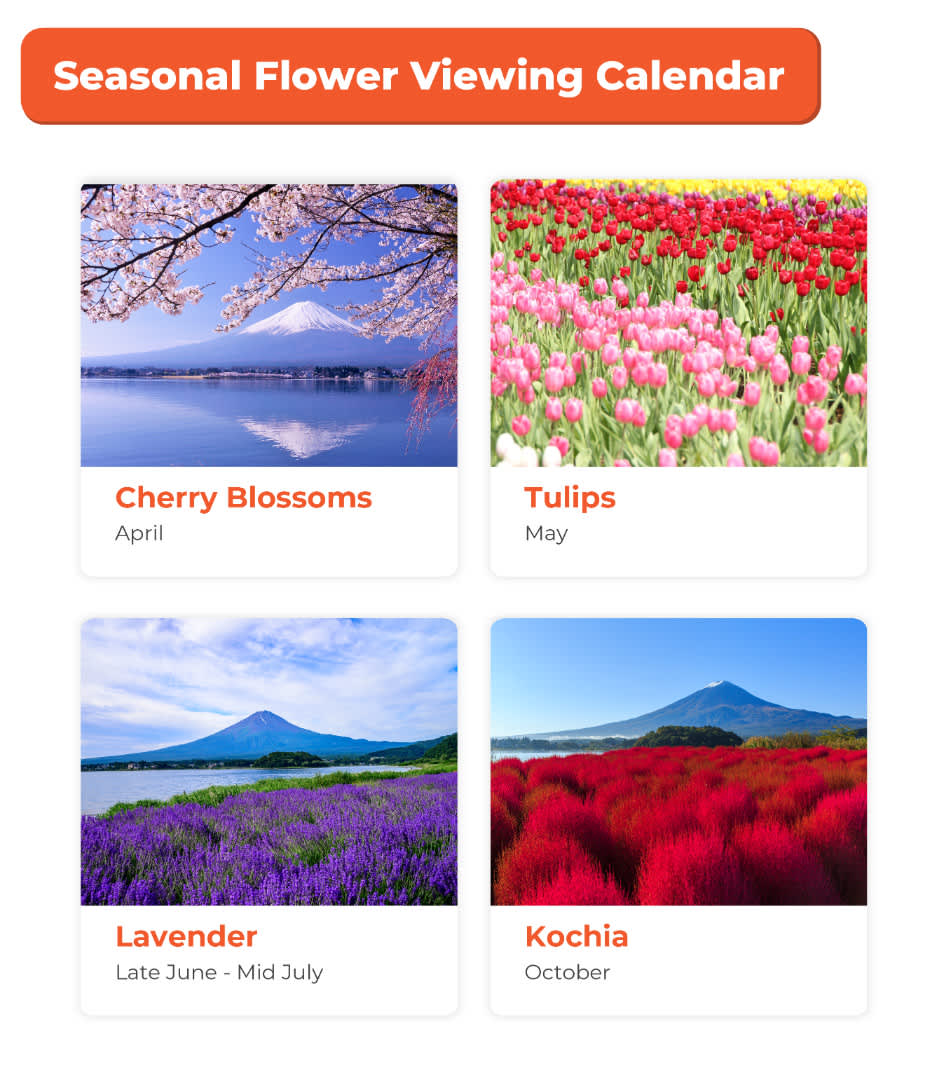
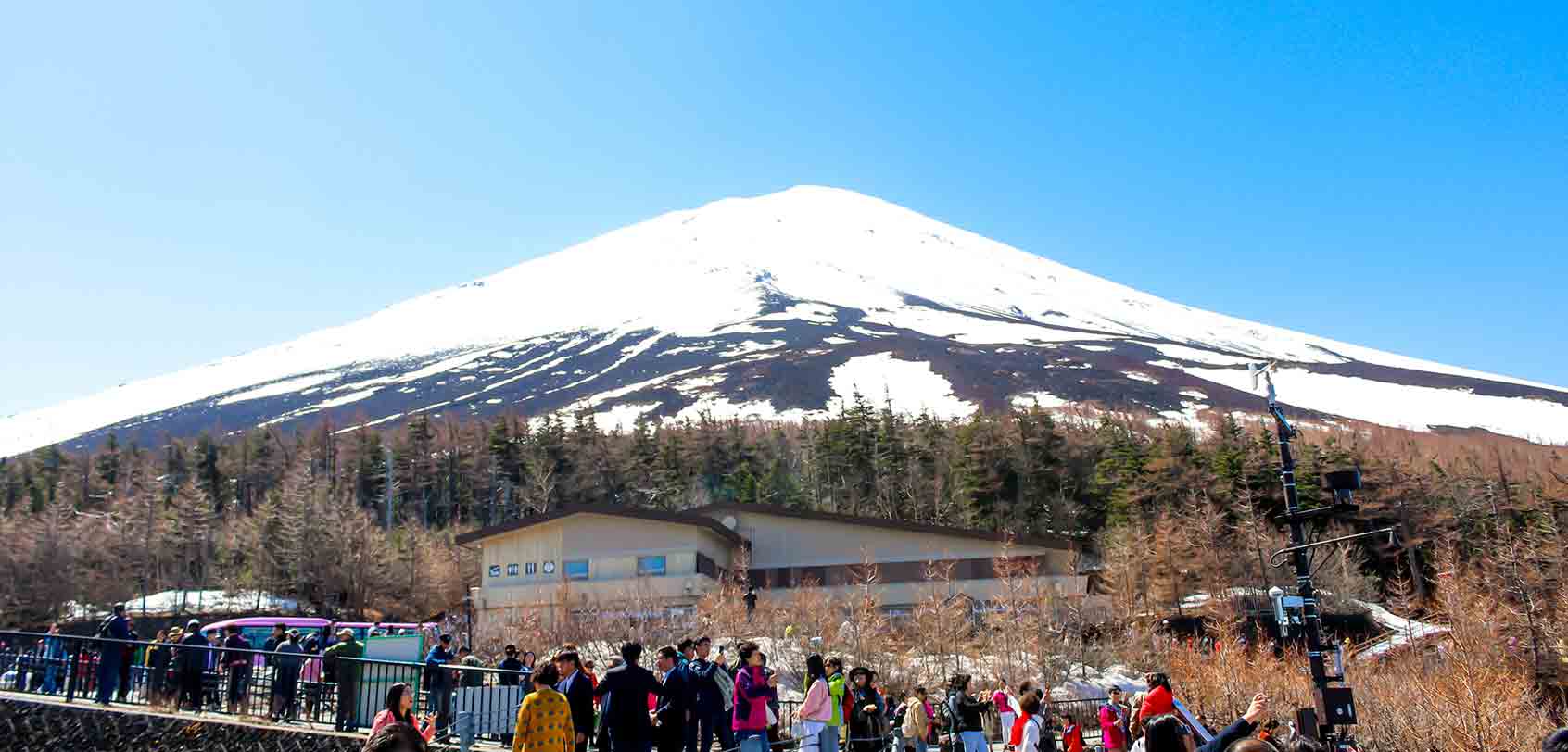
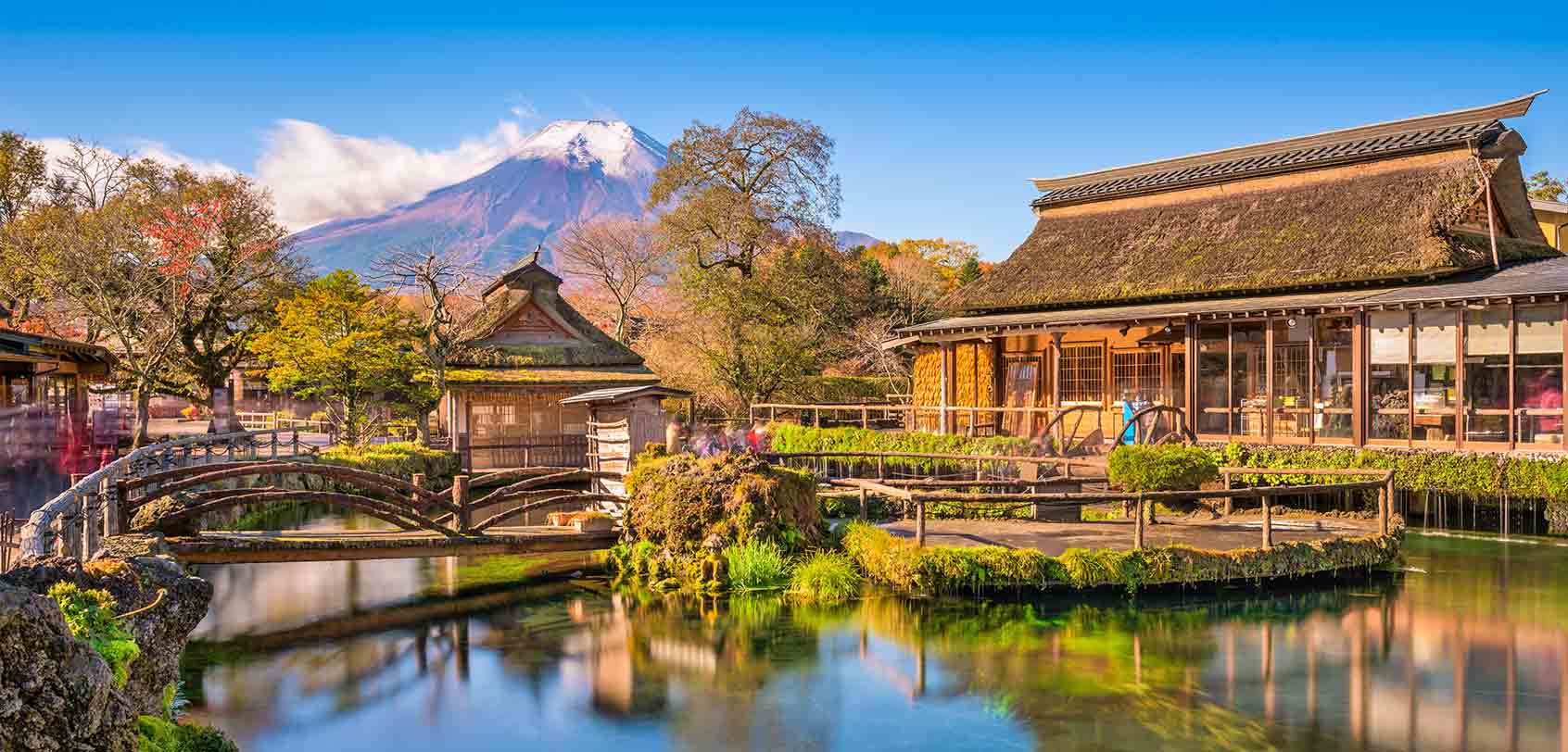
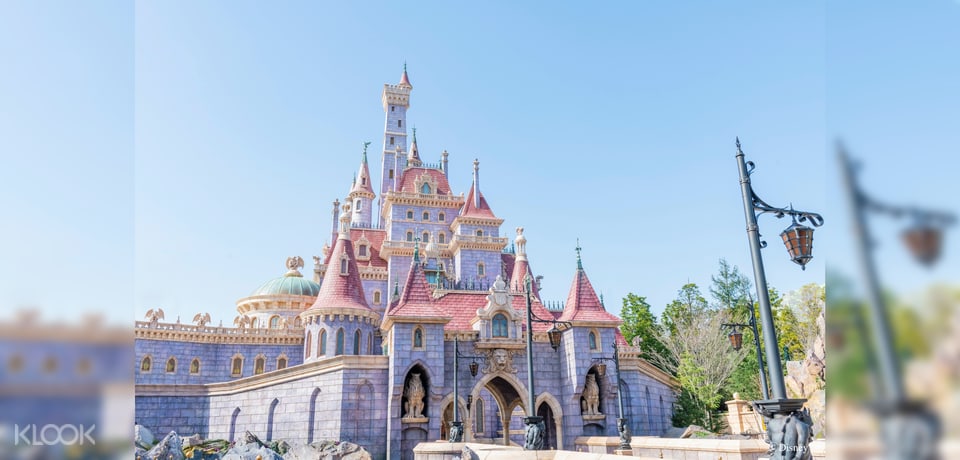
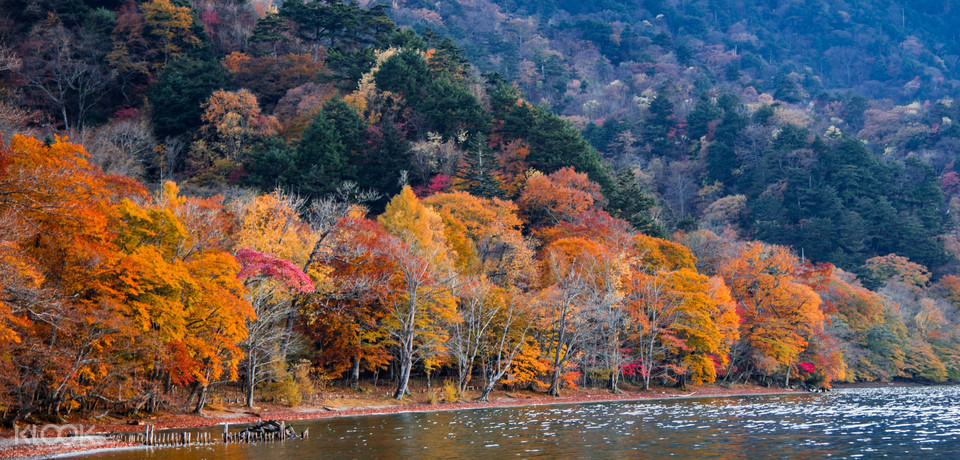
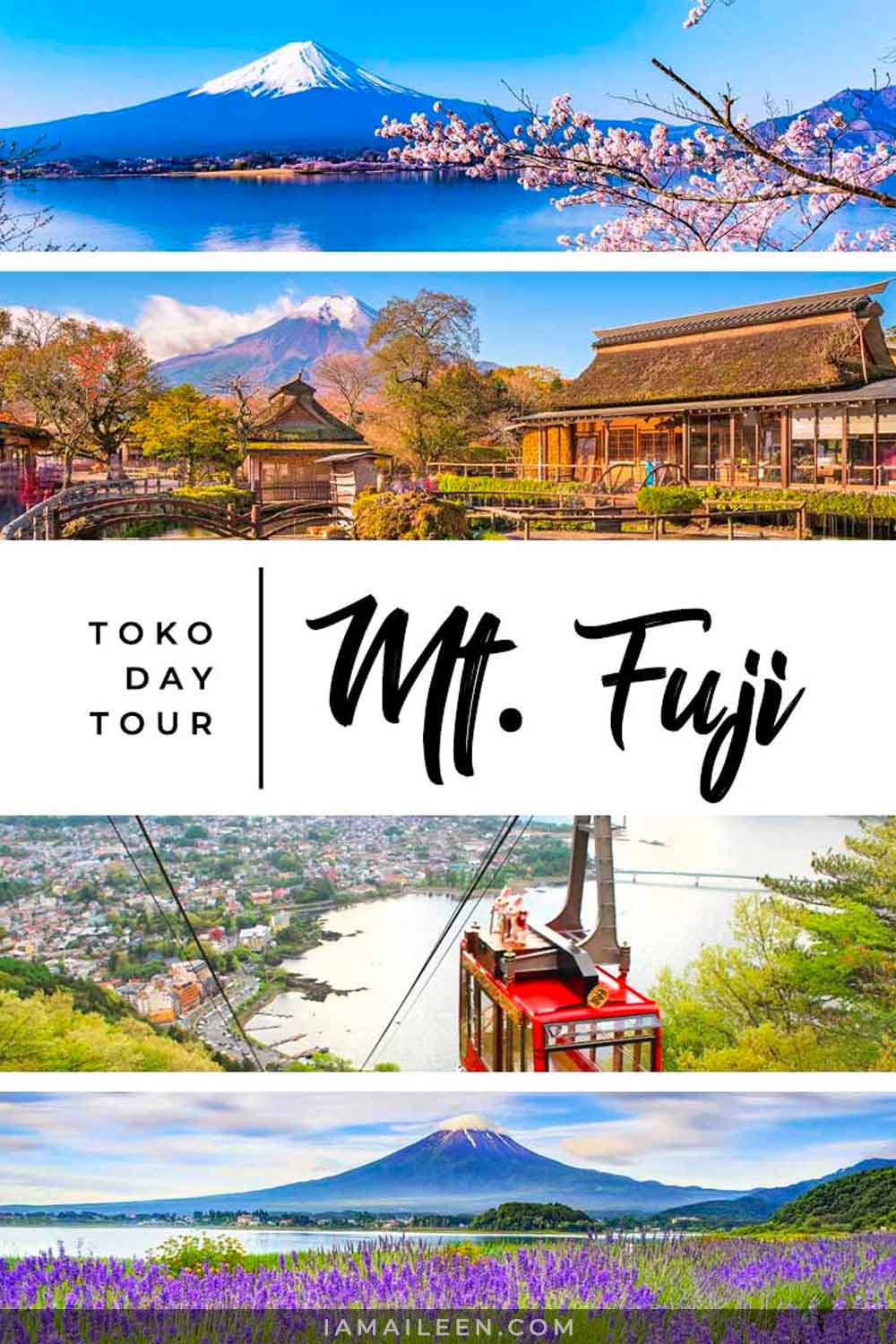

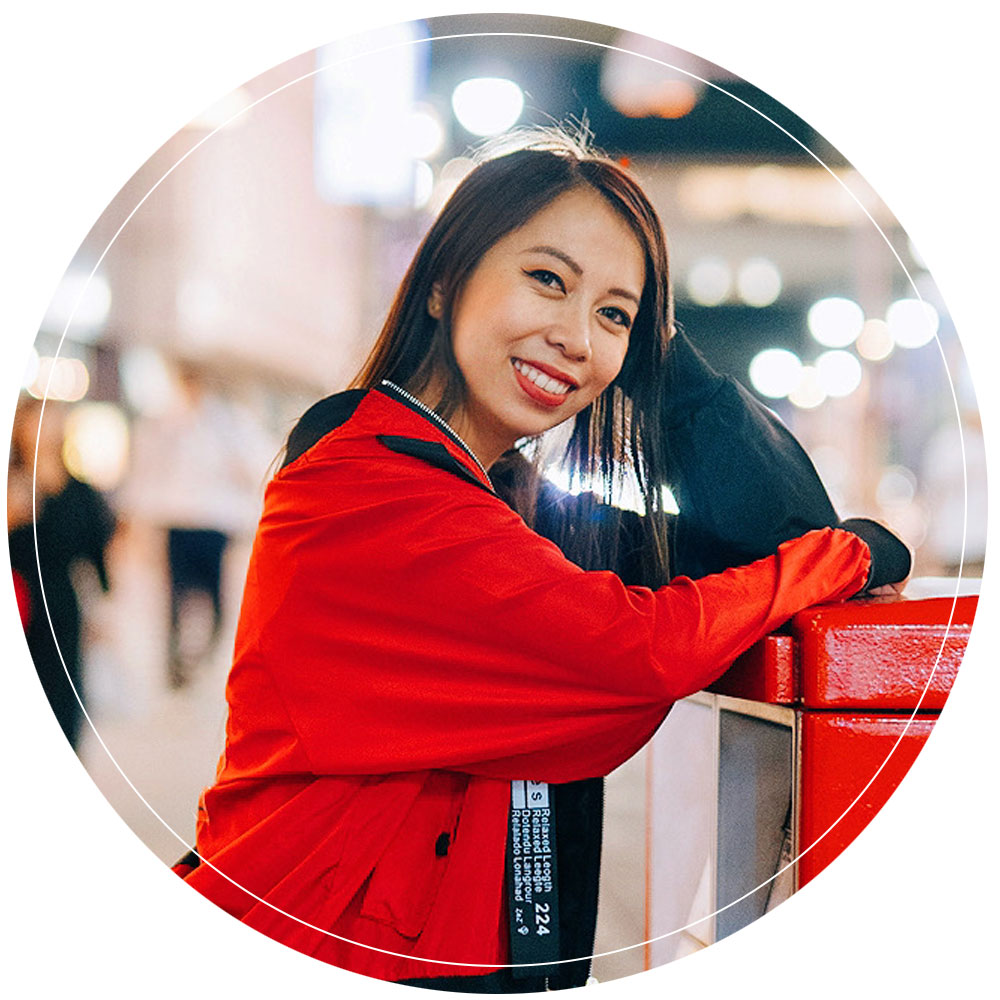
This is so helpful!
Gad to hear that :D
Thanks for sharing this wonderful post, it was awesome reading it.
I hope it can be of help :)